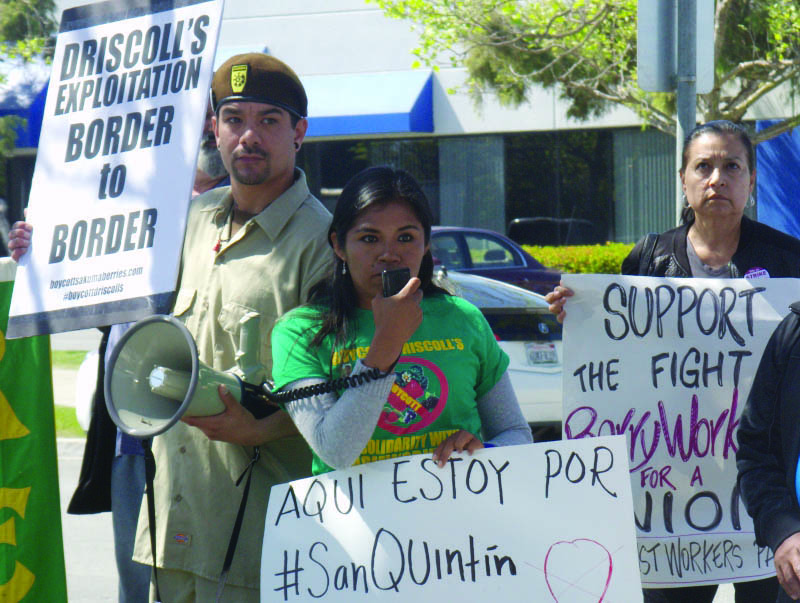A Special Report on the National Emergency in the United States of America – PART 1 OF TWO
Senate Report 93-549: War and Emergency Powers Acts, Executive Orders and the New World Order
From data available on the web
The Introduction to Senate Report 93-549 (93rd Congress, 1st Session, 1973) summarizes the situation that we face today – except it is far worse today than it was in 1973!
“A majority of the people of the United States have lived all of their lives under emergency rule. For 40 years [now 66 years], freedoms and governmental procedures guaranteed by the Constitution have, in varying degrees, been abridged by laws brought into force by states of national emergency. The problem of how a constitutional democracy reacts to great crises, however, far antedates the Great Depression. As a philosophical issue, its origins reach back to the Greek city-states and the Roman Republic. And, in the United States, actions taken by the Government in times of great crises have – from, at least, the Civil War – in important ways, shaped the present phenomenon of a permanent state of national emergency.”
The Foreword to the Report states in part:
“Since March 9, 1933, the United States has been in a state of declared national emergency. In fact, there are now in effect four presidentially proclaimed states of national emergency: In addition to the national emergency declared by President Roosevelt in 1933, there are also the national emergency proclaimed by President Truman on December 16, 1950, during the Korean conflict, and the states of national emergency declared by President Nixon on March 23, 1970, and August 15, 1971.
These proclamations give force to 470 provisions of Federal law [hundreds more since 1973, particularly in the Clinton administration since Jan 21, 1993]. These hundreds of statutes delegate to the President extraordinary powers, ordinarily exercised by the Congress, which affect the lives of American citizens in a host of all-encompassing manners. This vast range of powers, taken together, confer enough authority to rule the country without reference to normal Constitutional processes.
Under the powers delegated by these statutes, the President may: seize property; organize and control the means of production; seize commodities; assign military forces abroad; institute martial law; seize and control all transportation and communication; regulate the operation of private enterprise; restrict travel; and, in a plethora of particular ways, control the lives of all American citizens.”
When the Southern states walked out of Congress on March 27, 1861, the quorum to conduct business under the Constitution was lost. The only votes that Congress could lawfully take, under Parliamentary Law, were those to set the time to reconvene, take a vote to get a quorum, and vote to adjourn and set a date, time, and place to reconvene at a later time, but instead, Congress abandoned the House and Senate without setting a date to reconvene. Under the parliamentary law of Congress, when this happened, Congress became sine die (pronounced see-na dee-a; literally “without day”) and thus when Congress adjourned sine die, it ceased to exist as a lawful deliberative body, and the only lawful, constitutional power that could declare war was no longer lawful, or in session.
The Southern states, by virtue of their secession from the Union, also ceased to exist sine die, and some state legislatures in the Northern bloc also adjourned sine die, and thus, all the states which were parties to creating the Constitution ceased to exist. President Lincoln executed the first executive order written by any President on April 15, 1861, Executive Order 1, and the nation has been ruled by the President under executive order ever since. When Congress eventually did reconvene, it was reconvened under the military authority of the Commander-in-Chief and not by Rules of Order for Parliamentary bodies or by Constitutional Law; placing the American people under martial rule ever since that national emergency declared by President Lincoln. The Constitution for the United States of America temporarily ceased to be the law of the land, and the President, Congress, and the Courts unlawfully presumed that they were free to remake the nation in their own image, whereas, lawfully, no constitutional provisions were in place which afforded power to any of the actions which were taken which presumed to place the nation under the new form of control.
President Lincoln knew that he had no authority to issue any executive order, and thus he commissioned General Orders No. 100 (April 24, 1863) as a special field code to govern his actions under martial law and which justified the seizure of power, which extended the laws of the District of Columbia, and which fictionally implemented the provisions of Article I, Section 8, Clauses 17-18 of the Constitution beyond the boundaries of Washington, D.C. and into the several states. General Orders No. 100, also called the Lieber Instructions and the Lieber Code, extended The Laws of War and International Law onto American soil, and the United States government became the presumed conqueror of the people and the land.









